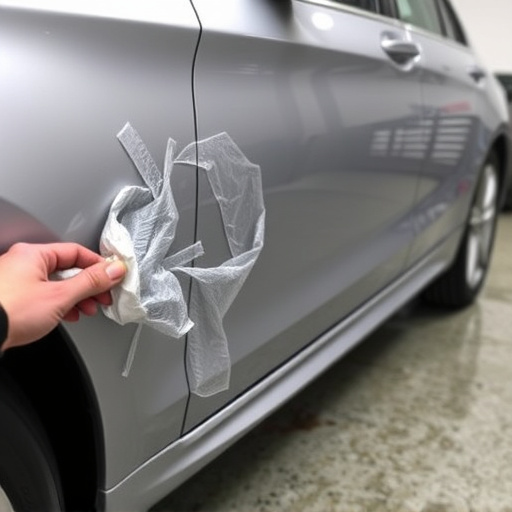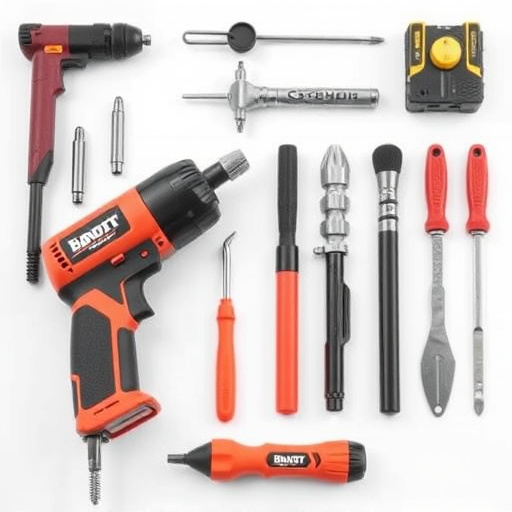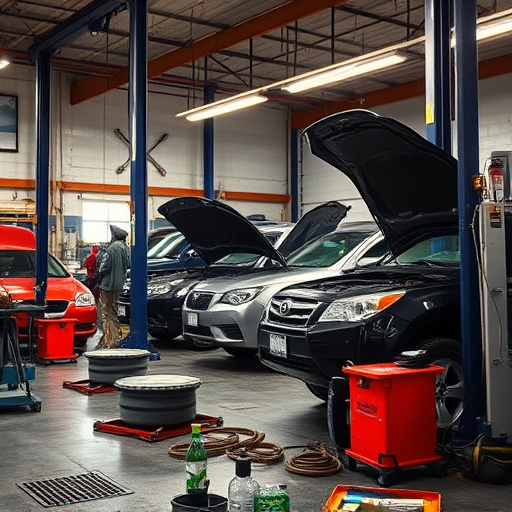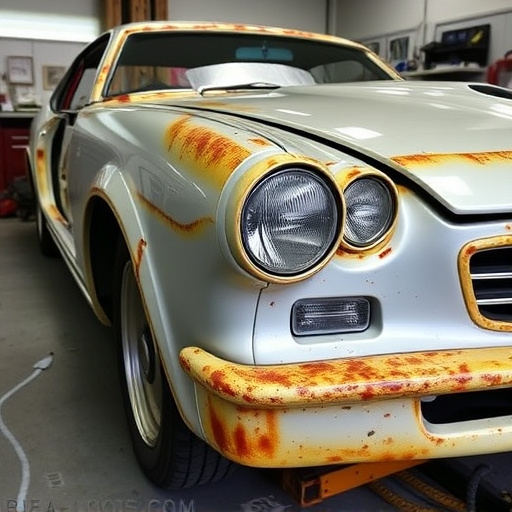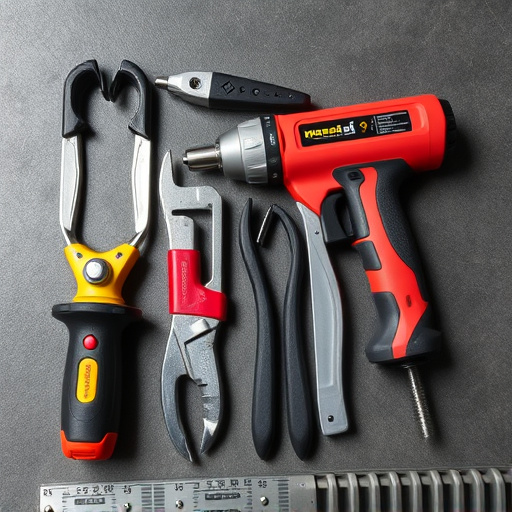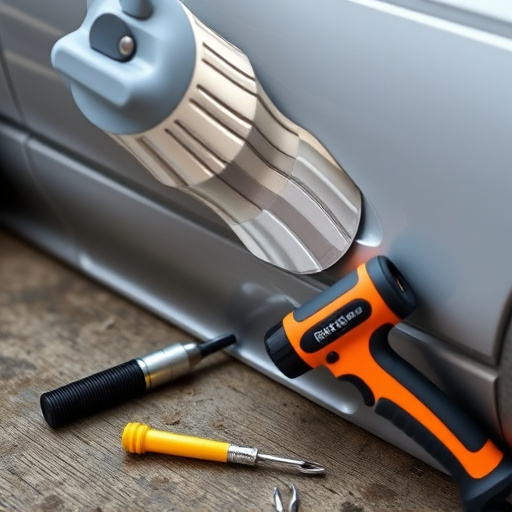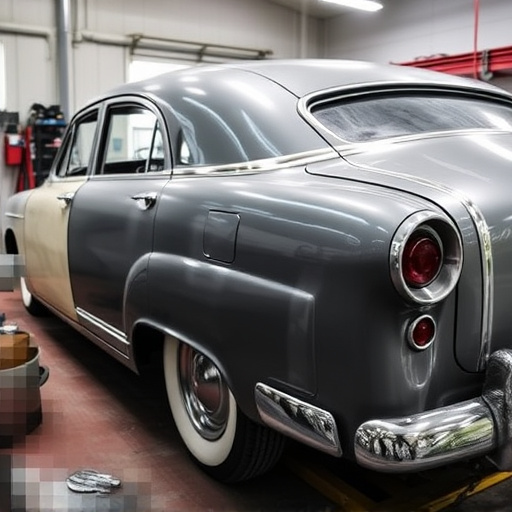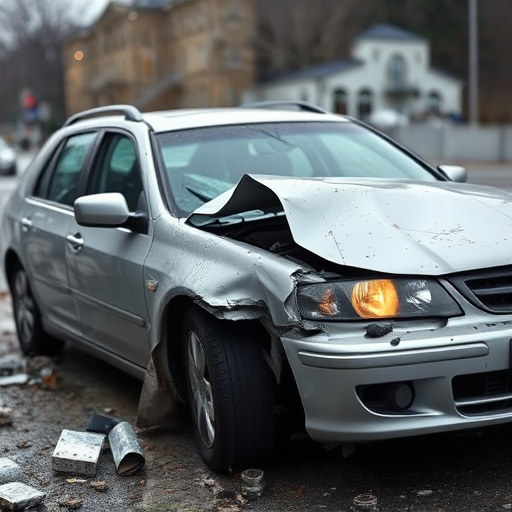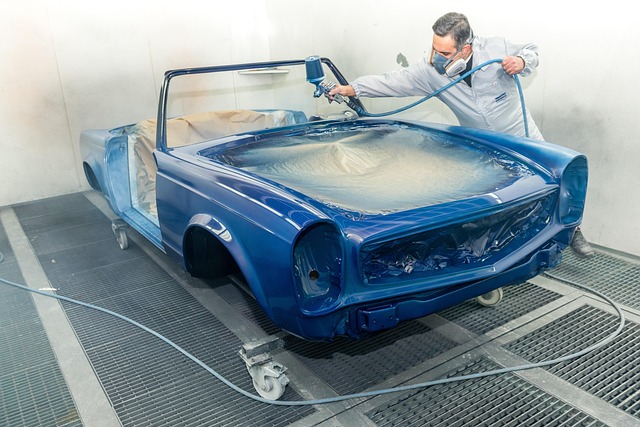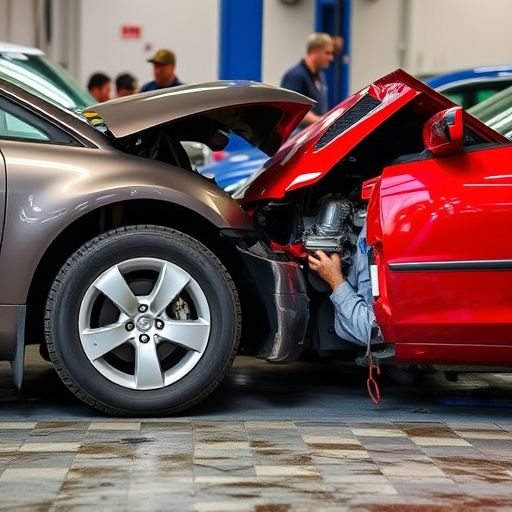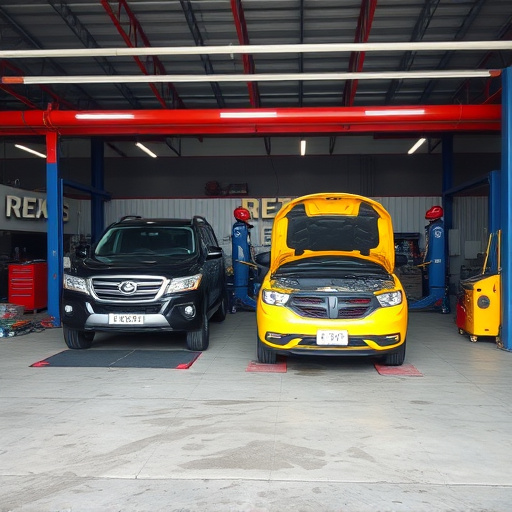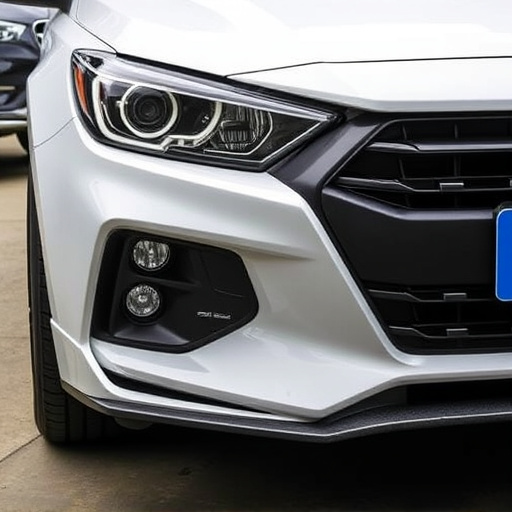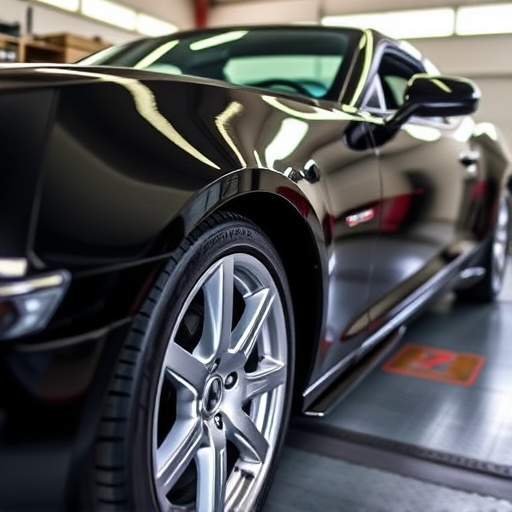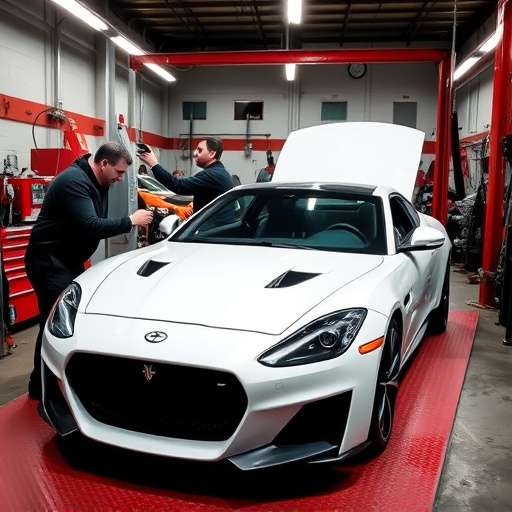The environment heavily affects vehicle clear coat health, with UV rays, extreme weather, and pollutants causing chips, cracks, and fading. Regular washing helps but collision damage repair is often needed for exposed areas prone to corrosion. Proactive measures like special coatings, sunscreens, protective waxes, and sealants are crucial for clear coat repair and maintaining luxury vehicles' aesthetic appeal year-round.
The sleek finish of a modern vehicle is more than just aesthetics—it’s a protective layer vital for preserving the car’s value. However, this clear coat can suffer from various damages, leading to unsightly scratches, dents, and discoloration. This article delves into the top causes of clear coat damage, ranging from environmental factors like UV exposure and extreme weather to human error in maintenance and accidental hazards such as car washes and chemical spills. Understanding these causes is the first step towards effective clear coat repair and preservation of your vehicle’s beauty.
- Environmental Factors and Their Impact
- – 1.1 Exposure to UV rays
- – 1.2 Extreme weather conditions (heat, cold)
Environmental Factors and Their Impact
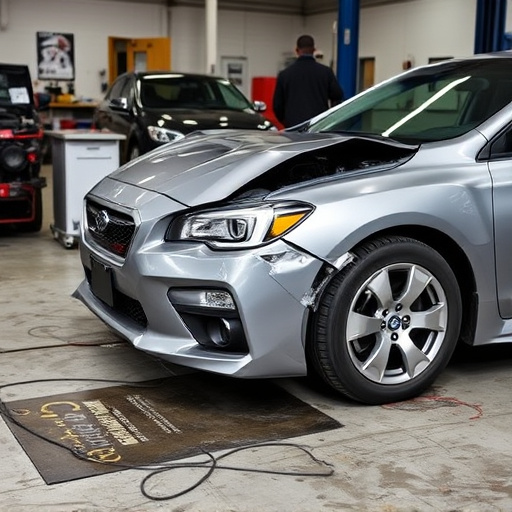
The environment plays a significant role in the health and longevity of a modern vehicle’s clear coat. Exposure to harsh weather conditions, such as extreme heat, cold, or UV radiation from sunlight, can accelerate the degradation process of the clear coat finish. These environmental factors contribute to the formation of chips, cracks, and fading, making clear coat repair increasingly necessary for luxury vehicle owners.
Moreover, pollutants in the air, including dirt, dust, and chemical emissions, adhere to the vehicle’s surface and, over time, can lead to corrosion and damage beneath the clear coat. Regular washing and maintaining a clean environment can mitigate these issues, but collision damage repair might still be required to address existing environmental-induced clear coat damage, especially on frequently exposed areas like the hood, fenders, and doors.
– 1.1 Exposure to UV rays
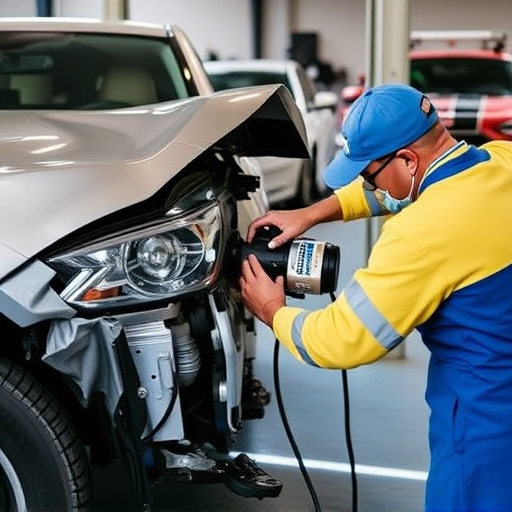
One of the primary culprits behind clear coat damage on modern vehicles is exposure to ultraviolet (UV) rays from the sun. This invisible radiation can break down the chemical bonds in the clear coat, leading to cracks, chips, and fading. As vehicles age, UV rays penetrate deeper into the paint, causing the top layer to deteriorate faster. Regular washing and waxing can provide some protection, but prolonged exposure to intense sunlight remains a significant challenge for clear coat repair.
Many classic car restorers and automotive repair specialists in collision centers employ special coatings and sunscreens to mitigate the effects of UV rays. These protective measures are crucial for maintaining the vehicle’s aesthetic appeal and extending the life of any clear coat repairs done. By understanding how UV rays contribute to clear coat damage, owners can take proactive steps to safeguard their vehicles’ finishes.
– 1.2 Extreme weather conditions (heat, cold)
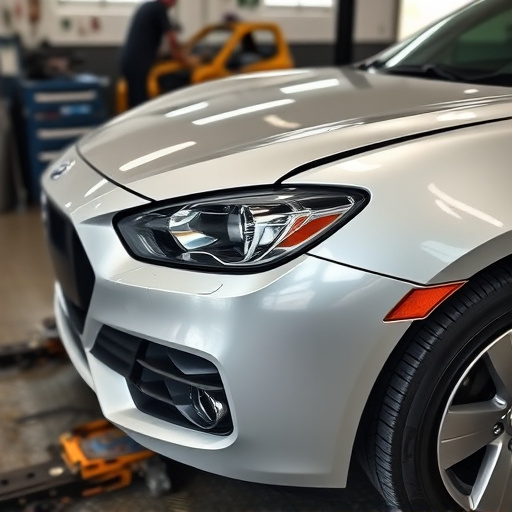
Extreme weather conditions, both hot and cold, can take a severe toll on your vehicle’s clear coat. The heat from direct sunlight or hot road surfaces can cause the clear coat to crack and fade over time. This is because extreme temperatures accelerate the degradation process of the protective layer, making it more susceptible to damage from debris, scratches, and other elements. On the flip side, cold weather and rapid temperature changes can also lead to blisters, bubbles, and cracks in the clear coat. These fluctuations cause the clear coat to expand and contract, resulting in structural weaknesses that compromise its integrity. Regular vehicle washes during all seasons, including extreme ones, along with the use of protective waxes and sealants, can significantly help in mitigating these effects and ensuring optimal clear coat repair for your vehicle’s bodywork, be it a sleek Mercedes-Benz or any other make. Proper automotive repair services cater to such issues, offering solutions tailored to modern vehicles’ unique needs.
Modern vehicles’ clear coats can suffer significant damage from various environmental factors. Exposure to UV rays and extreme weather conditions contribute to premature fading, cracking, and peeling. Understanding these causes is essential for effective clear coat repair and maintaining the vehicle’s aesthetic appeal. Regular maintenance and protective measures can significantly extend the life of a car’s finish, ensuring it retains its original gloss and brilliance.
